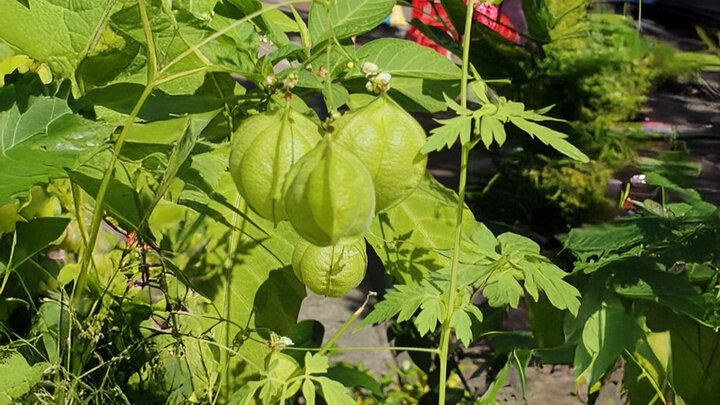The 2025 Special Garden Project will focus on the Goldie Husk Cherry. The Nebraska Special Gardening Project lets 4-H members try their hand at growing unusual vegetables, flowers, fruit, and herbs. While letting experienced 4-H gardeners grow something fun, new, and different. The project is open to all 4-H youth ages 5-18. The project gives 4-Hers the opportunity to learn about growing, harvesting, and exhibiting this unique fruit.
The Goldie Husk Cherry is an old-fashioned fruit from the tomato family with sweet berries inside golden husks. Other common names include cape gooseberry, golden gooseberry, and pineapple tomatillo. There are more than 75 different species of husk cherries. Husk cherries are an introduced plant. They are native to South and Central America, where they have been grown for centuries and were eaten by the indigenous people of Mexico.
Husk cherries are very tolerant of dry, hot conditions. The plants will need about 1 inch of water a week. Try to keep the soil barely moist. At each watering, moisten the soil about 6 to 8 inches deep. Let the soil dry out slightly between waterings. Too much water decreases the soil oxygen, which roots need to grow steadily. If you use a sprinkler to water the garden, try to water in the morning. This will allow the leaves to dry off throughout the day and decrease the possibility of disease.
Husk cherries will produce the best when placed in full sun. This is an area that will receive 6 to 8 hours or more of direct sunlight a day. It will tolerate partial sunlight conditions, but it won’t produce as well. Make sure to leave enough room for the plants to grow. The more crowded the plants are, the taller they get as they reach for sunlight. Husk cherries like to sprawl, so leave at least 18 to 24 inches between plants.
The fruits have many uses and can be eaten raw, dried, frozen, canned, or made into tasty treats like pies, desserts, or preserves. Once the youth have eaten this fruit, they won’t make it inside, they are delicious. My grandmother grew these in her garden, and I don’t remember any of them left after we found them.




